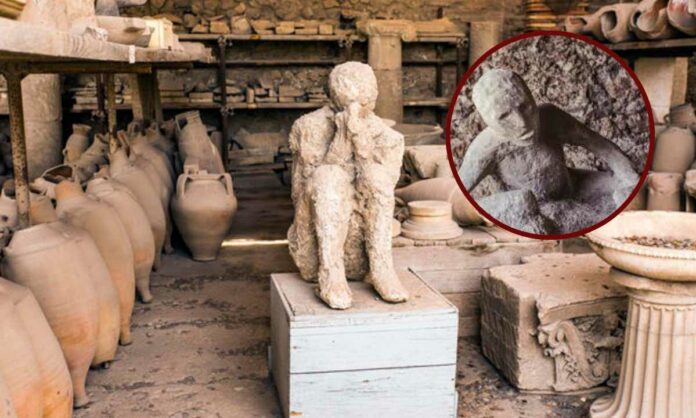The ancient city of Pompeii offers us a haunting glimpse into Roman life abruptly halted by the catastrophic eruption of Mount Vesuvius in 79 AD. The eruption preserved not only the city but also the daily lives of its inhabitants, encapsulating a unique archaeological record. Among the most fascinating discoveries are artifacts that tell stories of everyday life, social status, and culture. Here are the top 7 finds from Pompeii that continue to captivate archaeologists and historians alike.
Casts of Bodies: Life Frozen in Time
The volcanic ash that buried Pompeii acted as a natural preservative, creating molds of the victims in their final moments. One such poignant cast is the “Crouching Man,” found near the athletic grounds. He was wearing boots and a hooded cloak, his hands covering his mouth to protect himself from the suffocating fumes. This scene gives us a vivid picture of the fear and chaos during the eruption.
Another haunting cast is the so-called “Two Maidens Embracing.” Recent research suggests that these two figures might not be maidens at all but could potentially represent two males, adding a layer of complexity to their relationship and story. These casts provide more than just a look at the physical appearance of Pompeii’s residents; they convey the humanity and emotional depth of the tragedy that unfolded.
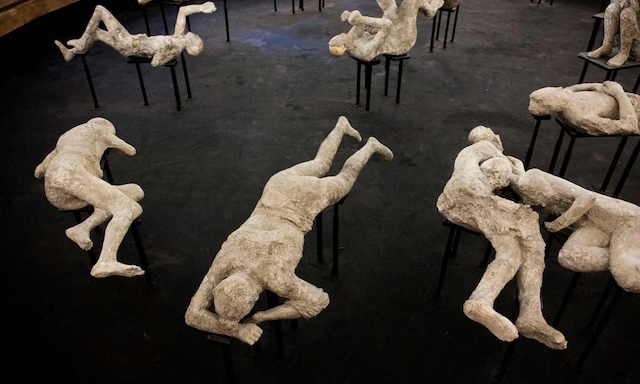
Double-Headed Snake Bracelet: A Symbol of Wealth
Discovered in a luxurious home near Pompeii’s western walls, this bracelet exemplifies the status of its owner. The house, aptly named the House of the Bracelet, held many treasures, but the most notable was the solid gold bracelet weighing 1.33 pounds and designed with two snake heads.
Found on the arm of a woman’s body, this artifact, along with the 200 gold coins scattered around, suggests that this family belonged to Pompeii’s elite. The bracelet not only signifies wealth but also the artistry and craftsmanship of the time, forever preserved amidst the ruins.
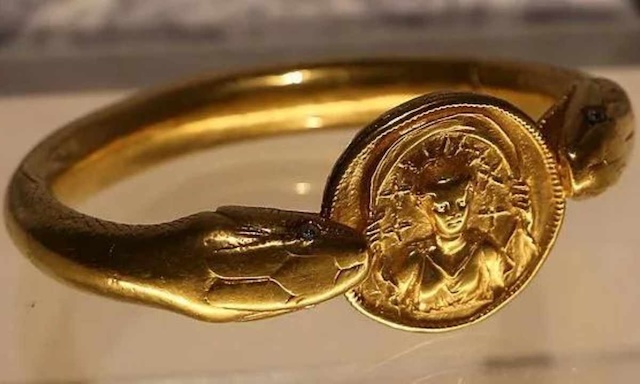
Ancient Bread: Preserved for Millennia
Bread was a staple in the diet of ancient Romans, and Pompeii was no exception. In a bakery engulfed by the volcanic eruption, archaeologists found loaves of bread known as “Panis quadratus” that had been baking in the oven when disaster struck. These carbonized loaves provide unique insight into the dietary habits of the ancient world.
In addition to bread, excavations revealed remnants of various exotic foods such as shellfish, grains, and even giraffe meat. These finds underscore Pompeii’s role as a bustling city with access to diverse culinary resources.
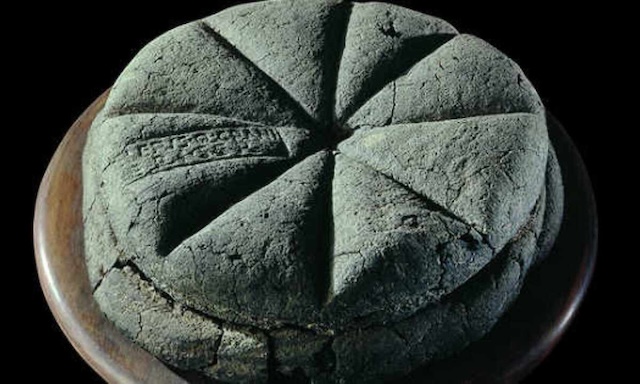
Artwork: Glimpses of Roman Culture
Pompeii was a cultural melting pot, and its art reflects the diversity and sophistication of Roman society. The city’s artwork includes statues, paintings, and mosaics, often depicting themes related to mythology, nature, and daily life.
One notable discovery is a floor mosaic of Orion transforming into a constellation, highlighting the influence of Egyptian mythology on Roman culture. Another significant find is the fresco depicting the wedding of Alexander the Great and Barzine, located in the House of the Golden Bracelet. These artworks not only showcase the aesthetic preferences of the time but also provide a window into the beliefs and values of ancient Pompeii.
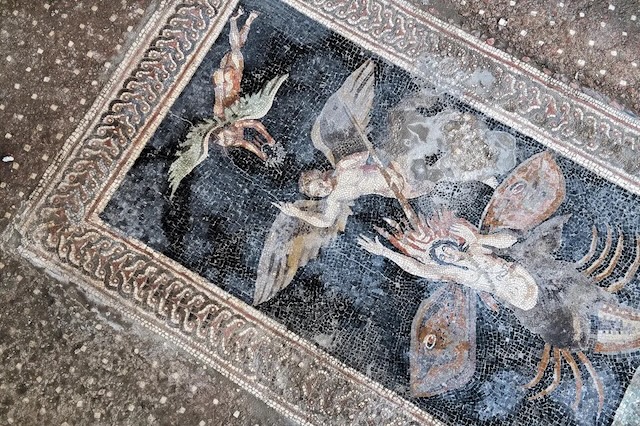
Graffiti: Expressions of Everyday Life
In a testament to the timeless nature of human behavior, Pompeii’s walls are covered with graffiti, offering an intimate look at the thoughts and interactions of its residents. Some inscriptions are simple statements like “Aufidius was here. Goodbye,” while others are more provocative.
One particularly striking example from the Tavern of Verecundus reads, “Restituta, take off your tunic, please, and show us your hairy privates.” These inscriptions reveal a raw, unfiltered view of Roman life, from love declarations to candid social commentary. They help bridge the gap between modern observers and the people of ancient Pompeii, showing that human emotions and expressions have remained consistent across millennia.

Middle-Class Lifestyles: Unearthing Everyday Struggles
While initial excavations in Pompeii focused on the grand homes of the wealthy, more recent digs have provided insight into the lives of the middle class. Plain earthenware floors, functional bunk beds, and sparsely furnished rooms paint a picture of modest living.
In one such excavation, archaeologists discovered a simple wooden dishware closet, hinting at the daily struggles and pragmatism of Pompeii’s middle-class citizens. These finds are invaluable in understanding the diversity of social structures in ancient Rome, moving beyond the luxurious villas to uncover the realities of the common people.
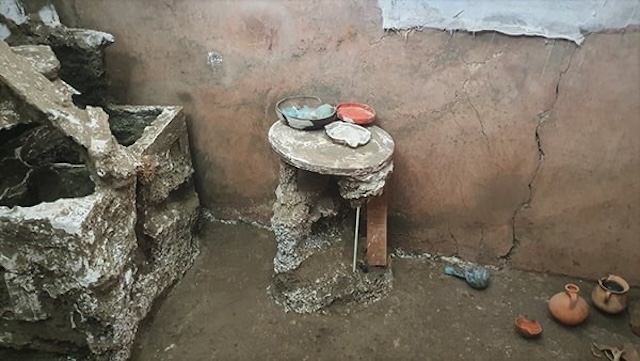
Box of Charms: Mystical Artifacts with an Uncertain Purpose
Among the most intriguing discoveries in Pompeii is a collection of objects found in the House of Gardens. The box itself had disintegrated, leaving behind only the hinges, but the contents inside were remarkably preserved. It contained seashells, small phallic charms, figurines, and other mystical items.
Archaeologists continue to debate the exact purpose of these objects. However, many agree they were likely used for magical or protective rituals, providing a glimpse into the spiritual and superstitious practices of Pompeian society. These charms serve as a reminder of the complex belief systems that existed in the ancient world.

Conclusion
The artifacts unearthed in Pompeii act as a time capsule, offering unparalleled insight into the everyday lives, culture, and beliefs of an ancient Roman city suddenly frozen in time. From the poignant casts of its residents to the intricate artistry and humble possessions of the middle class, each find adds a new layer to our understanding of this lost civilization. While these treasures provide a wealth of information, they also remind us of the fragility of life and the enduring nature of human creativity. As Johann Wolfgang von Goethe once remarked, the preservation of such happiness and culture comes at the cost of an unforgettable tragedy.
